Whether you are a stay-at-home mom, weekend warrior or
grandfather-in-training, agility training should be an important part of
your workout routine. Agility is the ability to move quickly and change
direction with ease. This describes both physical and mental agility.
As we age, or just become complacent in our daily routines, both our
mental and physical agility suffers. Here are six exercises that you can
do to be quick on your toes and sharp as a tack.
Ladder Drills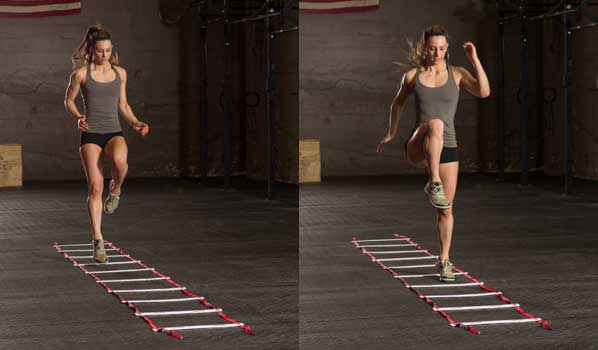
Using an agility ladder, select a method of moving through the
ladder. For example, you might start with a high-knee march forward
through each box, and then progress to a lateral scissor if you’re more
advanced. To target your upper body, move through the ladder with your
hands while maintaining a push-up position. Once you have this move
mastered, speed it up and recite the words to your favorite song, the
alphabet or the pledge of allegiance as you move through the ladder. It
might seem simple, but this move will get your heart rate up and your
brain working.
Hurdle Drills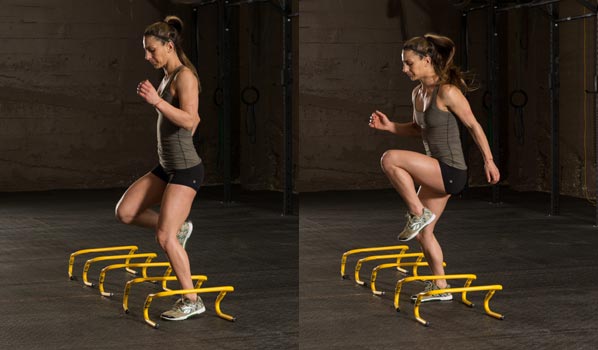
Using either 6- or 12-inch hurdles (these can be cones, yoga blocks
or whatever you have on hand), set five to 10 hurdles up in a row,
parallel to each other. Moving laterally, start by going over the first
hurdle with a high step and pausing in a stork stance before moving back
to the starting position. Then move over the first two hurdles, pause
and go back to the start. Continue this until all five to 10 hurdles
have been traveled (1, 1 2, 1 2 3, 1 2 3 4, etc.). Count your hurdles
out loud (both ascending and descending numbers) and remember to pause
on one leg before moving back to the beginning. Also, don’t forget to
switch directions. When you become more advanced, speed up the hurdle
steps and take out the pause.
Agility Balls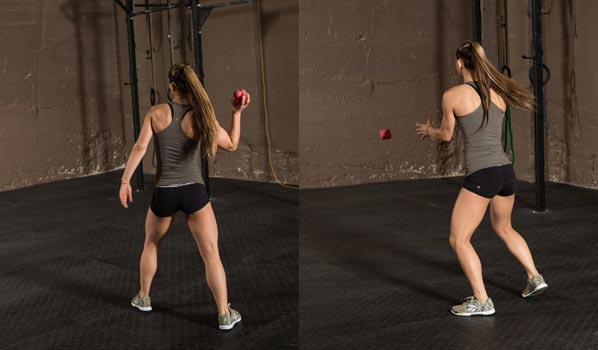
Using small agility balls, bounce them either to a partner or against
a wall if you’re working out solo. Because the agility ball shape will
send the bounce in varying directions, use a safe space where you won’t
run into anything or anyone. Practice catching the ball with two hands,
then with your dominant hand only, and lastly, progress to catching it
with your non-dominant hand. Hand-eye coordination activities help
increase mental stimulation and chasing this tiny tool around is great
for the heart and legs. I dare you to not smile while doing this one!
Balloon Drills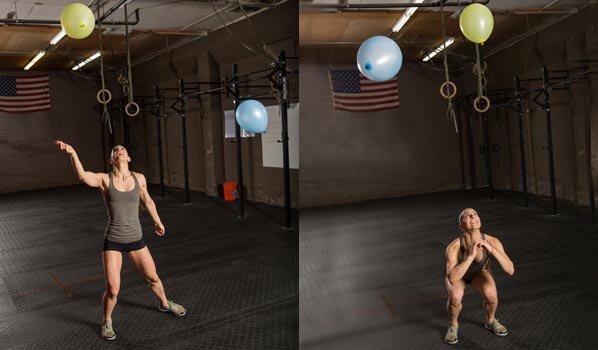
Using two different colored balloons, pick an order in which you will
contact them (e.g., yellow then blue). Either alone or with a partner,
hit the balloons in their selected order while keeping them in the air.
For more of a challenge, perform one bodyweight squat in between each
balloon contact, and then hit the next balloon. If you’re really feeling
frisky, try doing a burpee in between each balloon contact. Remember,
hit the balloons in the same order and don’t let them touch the ground.
This is a great drill to do with your children or grandchildren; for
added fun, increase the number and color of balloons.
Cone Drills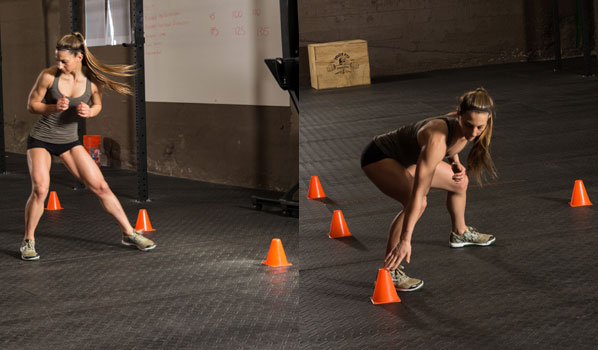
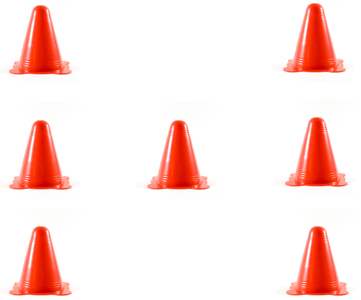
Set seven cones up in the pattern shown. Using the letters M, N, I,
T, Y, select an order in which you will create those letters with your
pattern of moving through the cones. Touch each cone that creates the
letter as you move through each pattern at a pace that is appropriate to
you. Depending on your fitness level, you may choose to walk, skip,
jog, sprint or shuffle. After you have completed each letter with your
movement pattern, change the order of the letters and try it again. For
an increased cardiovascular challenge, try facing the same direction as
you create each letter and move the cones farther apart. If you’re
working with a partner and like a little competition, time yourselves
going through the pattern, or trade off turns for each letter.
Medicine Ball Drills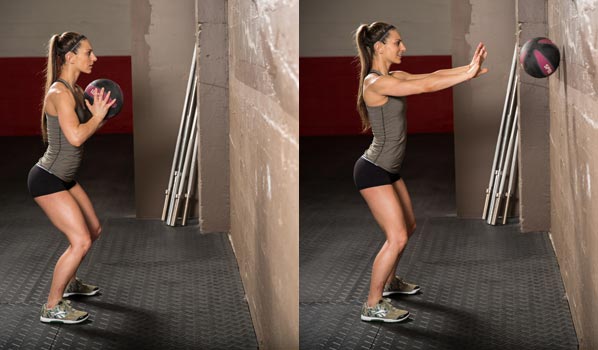
Using a moderately sized medicine ball (a weight that is
appropriately sized for your fitness level), stand facing a concrete (or
otherwise stable) wall about 2 to 5 feet away, depending on the length
of your arms. Throw the medicine ball in a chest pass toward the wall
as you move laterally 10 to 20 feet. Reverse directions and move
laterally back to the starting position as you do the medicine ball
chest passes against the wall. Make sure to do one chest pass for each
sideways step. For added difficulty, move quickly in a shuffle and squat
down to an athletic stance. Quickly change direction at the end and
return to the starting position. Keeping your feet from crossing each
other as you concentrate on catching an object will increase your
cognitive activity as well as improve your cardiovascular health.
Source Jacqueline Ratliff, MS, CSCS / Ace Fitness

No comments:
Post a Comment